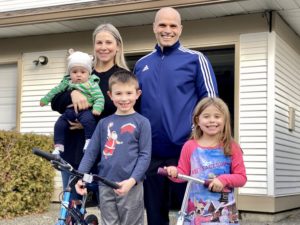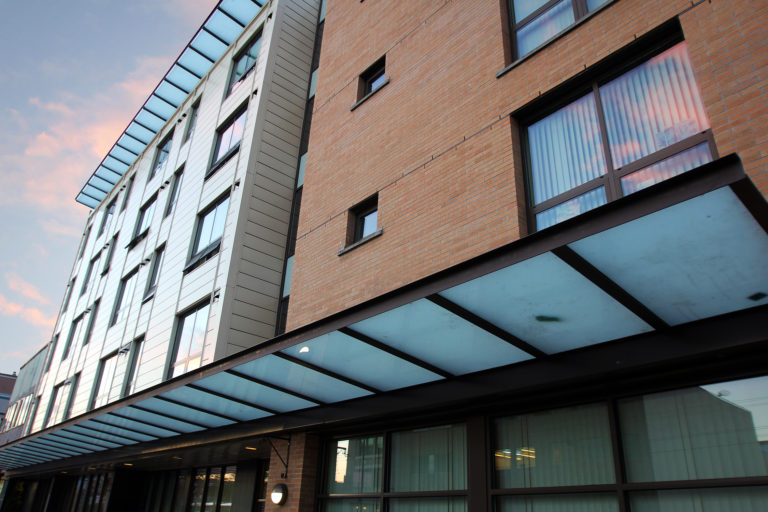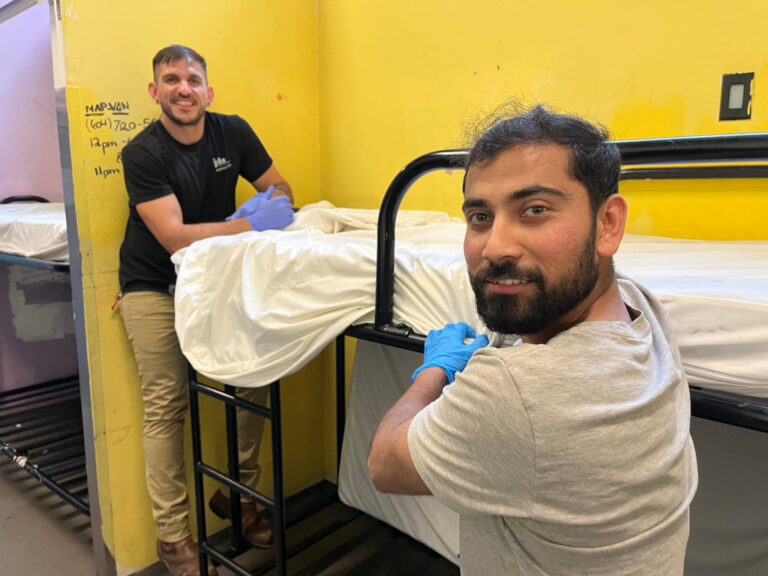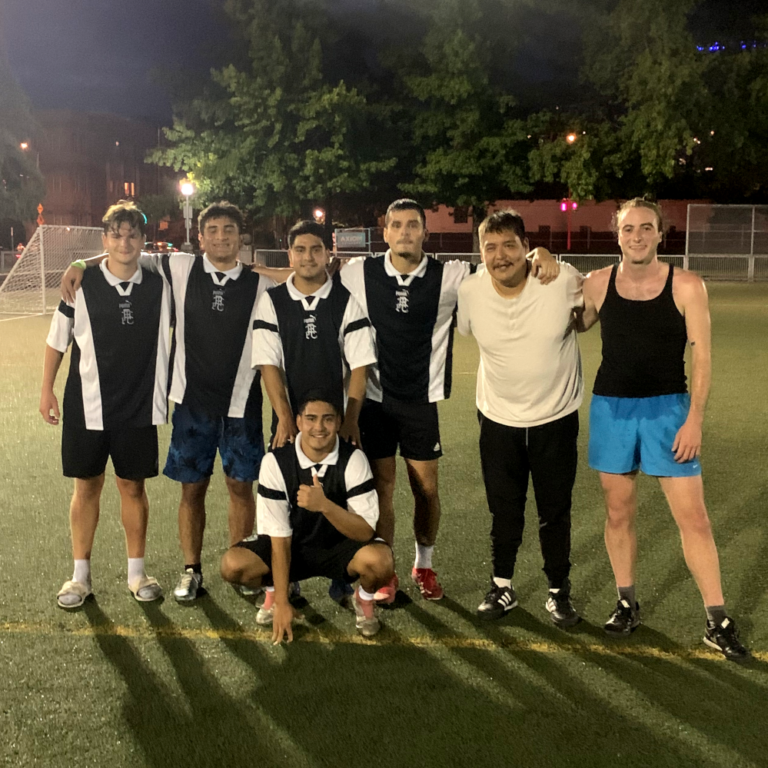Walking through the Downtown Eastside you see human suffering at its rawest – people temporarily blotting out their trauma with drugs that are destroying their health.
No-one understands this cycle of suffering more than Guy Felicella, who spent two decades in the neighbourhood during which he survived homelessness, five different bone infections and six overdoses.
He now devotes his life to community advocacy, working to reduce stigma faced by drug users and increase access to harm reduction and recovery options.
“When I walk through the Downtown Eastside, everybody that talks to me talks about recovery,” he said. “A lot of people do not want to continue using.
“People want help but they don’t know how to get it.
“People that struggle with substance use disorder struggle with trauma. We are in a trauma crisis.”
The connection between trauma and addiction
The overdose public health emergency isn’t just about tainted street drugs, even though they clearly are becoming more toxic and more lethal.
The pertinent question is: what’s driving people to become reliant on illicit substances?
Guy’s drug use was entirely driven by trauma, and it rendered him entirely dysfunctional for this period of his life.
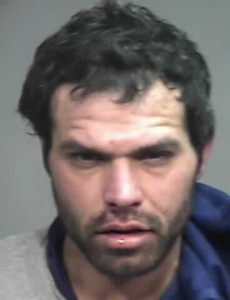 “I never used drugs socially, I’d go home and just get wasted,” he said. “I was never a responsible user.
“I never used drugs socially, I’d go home and just get wasted,” he said. “I was never a responsible user.
“I was dealing with traumatic circumstances and used drugs to cope.”
Guy’s background is common among PHS service users and residents. He grew up in the suburbs, in a dysfunctional environment. Guy began using street drugs at 12 to cope with physical and emotional bullying and some undiagnosed medical issues.
“I was made a ward of court at 14,” he said. “I went from group home to group home and school system to school system.
“I ran away to the Downtown Eastside. I ran away from people, because I felt that if you put your trust in people, they let you down. Drugs never let me down.
“The drugs that saved my life as a youth when I was suicidal were the ones trying to end my life.”
Insite supervised injection site
Guy was one of the first through the doors when Insite opened in 2003 and reckons to have made more than 4,000 visits to stay alive. It was the human connection at supervised injection site Insite and the embedded Onsite detox facility that enabled him to begin seeing his own value.
He was the first to use the Community Transition Care Team, an acute care clinic in a PHS setting that provides transitional care and IV-antibiotic therapy to patients released to community care from Vancouver hospitals. (This is because a hospital physician did not want to treat Guy’s bone infection due to his then addiction.)
For decades, Guy was bound up in shame and depression, thinking he was unintelligent.
Later on, he found out that he has ADHD and a mild comprehension disorder that’s similar to dyslexia – he can read, but the issue is processing written information.
The irony is that Guy actually has a photographic memory, saying that he can recall details so well he’s like a tape recorder.
Had things taken a slightly different turn in his youth – some understanding and support – things would have turned out differently. Again, this is a very common observation in the Downtown Eastside, and why it’s so important to overcome stigma.
However, Guy feels the years of isolation and suffering give his life meaning and purpose today.
“I’m not going to sit back and regret what should have been,” he said. “I’m definitely not going to do that.
“I have a good life, and it’s really great that I have the ability to pay it forward.
“I understand pain very well. I constantly get calls from moms who have lost a child to overdose, or one struggling with addiction, or from people who have lost friends.
“People don’t know the system. I do. If I can make things easier. . .”
Currently, Guy works for Vancouver Coastal Health, Ministry of Mental Health and Addictions and the B.C. Centre on Substance Use.
In addition, he’s an in-demand public speaker, producing TED talks and often making presentations at high schools to educate youth on drug policy and stigma – and how both stem from laws and policies that are rooted in racism. And, of course, he talks about the power of harm reduction.
He married his wife Breanne in February 2015, and they have three young children. Guy laughs that his journey has taken him from homeless to homeowner.
He’s also very recently become a Board member at PHS.
If you don’t already follow Guy on Twitter, we can’t recommend him highly enough.
- Learn more about innovative PHS programs and our supportive housing in Vancouver and Victoria, B.C.
- Donate to continue innovative projects like these.
